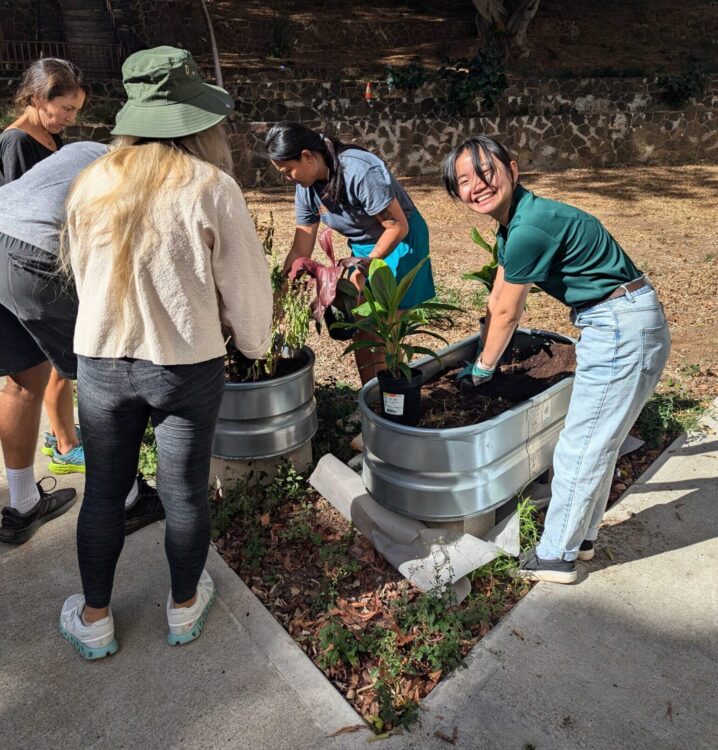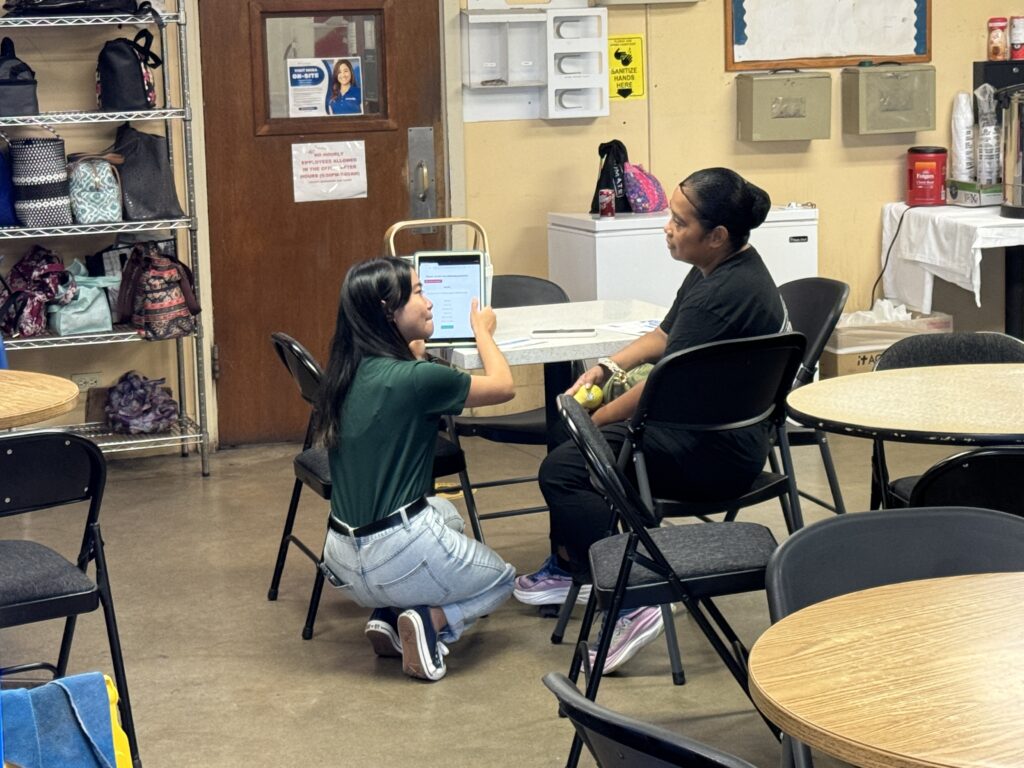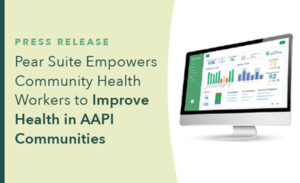The nonprofit sector is facing a rapidly evolving funding landscape, both at the national and local levels. At the federal level, policy shifts have resulted in rescinded grants, the removal of support for diversity, equity, and inclusion programs, and reductions in workforce development programs. Given how many funding programs work, impacts have trickled down to communities big and small. This, as well as other economic, social, and political factors, have hindered the ability of community-based organizations (CBOs) to provide equitable health and social services to communities.
CBOs, many of which are nonprofit organizations, are often community safety nets, addressing social drivers of health and bridging the healthcare ecosystem with social services. Because of this critical role, these organizations must find a way to continue to operate even as the ground shifts beneath their feet.
Instead of chasing grants and philanthropic giving, CBOs must prioritize developing the knowledge, skills, and resources to secure funding pathways that provide long-term sustainability and allow them to weather ongoing challenges.
Understanding the current funding landscape
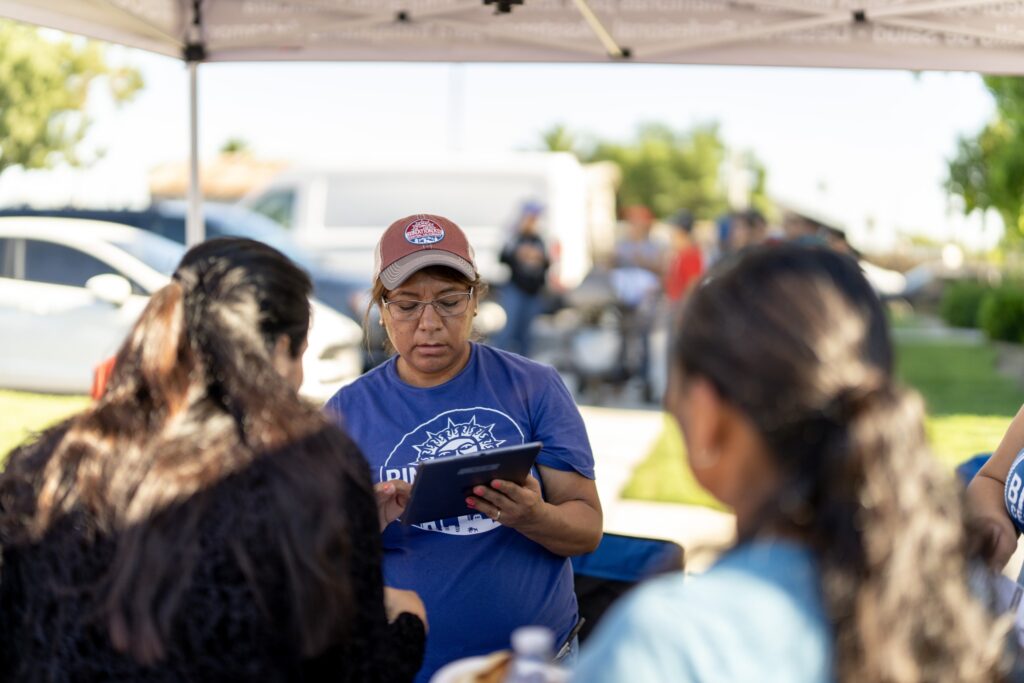 In early 2025, a series of executive orders and policy changes significantly impacted the nonprofit sector. Key among these was a federal funding freeze initiated by the Office of Management and Budget (OMB) on January 27, 2025, which paused disbursement of federal financial assistance to programs related to DEI, foreign aid, and other areas, affecting over 2,600 federal programs. Although some exemptions were later clarified, the initial freeze created widespread uncertainty.
In early 2025, a series of executive orders and policy changes significantly impacted the nonprofit sector. Key among these was a federal funding freeze initiated by the Office of Management and Budget (OMB) on January 27, 2025, which paused disbursement of federal financial assistance to programs related to DEI, foreign aid, and other areas, affecting over 2,600 federal programs. Although some exemptions were later clarified, the initial freeze created widespread uncertainty.
Additionally, the administration issued executive orders that impacted DEI programs within federal agencies and among federal contractors, including nonprofits. These orders rescinded previous mandates for affirmative action and required organizations to certify compliance with new “anti-discrimination” laws, effectively dismantling many DEI initiatives.
The impact has been significant for nonprofits engaged in health, social services, and community-based work, particularly those serving historically marginalized populations, such as the LGBTQ+ and Hispanic communities, among others. Organizations have faced abrupt grant cancellations, increased compliance burdens, and a chilling effect on programs related to equity and inclusion.
The challenges of one-time funding
With the cancellation of some grants, many CBOs are scrambling. These organizations have traditionally relied on grants to fund their operations; however, while grants can provide essential support, they often come with limitations, including being short-term in nature, restrictive, and time-consuming to track and monitor data to meet compliance requirements.
Additionally, because they’re time-bound, grants require that organizations continually seek new funding. This takes a significant amount of effort between searching for opportunities and applying for them, and there’s no guarantee that the funds will be awarded for the effort.
As granting organizations can include health and private foundations, government agencies, and for-profit companies, expectations and restrictions can vary between funding sources. This can limit flexibility to address emerging community needs, as the funds are often earmarked for another program or purpose. As many community health workers (CHWs), care navigators, case workers, promotores, and volunteers can attest, their clients’ needs are multifaceted. For example, a client who reaches out for support with housing may ultimately receive services for mental and behavioral health, food access, and childcare. When grant funding is restricted, it can be difficult to untangle services to ensure that dollars are used appropriately. This can also make reporting a challenge.
Fortunately, even with recent uncertainty, there are ways that organizations can create stability and sustainable funding opportunities.
How to get funding for a nonprofit or CBO
Securing sustainable funding is a top priority for nonprofits and CBOs, particularly those working in health, social services, and community development. Yet with rising costs, shifting funding priorities, and increasing demand for services, the path to financial sustainability requires more than just writing grants or hosting fundraising events. It demands a strategic, multifaceted approach that positions your organization as both impact-driven and operationally strong.
Let’s explore practices CBOs working in the healthcare and social services ecosystem can implement to improve capacity and long-term growth, particularly with reimbursement pathways.
Partner with health care entities for reimbursement
Health plans, public agencies, and health systems are increasingly recognizing the value of community-based services in addressing social drivers of health. Establishing formal partnerships with Medicaid managed care organizations (MCOs) or other payers can unlock new funding mechanisms, such as value-based contracts and fee-for-service reimbursement for community health worker services. Such contracts are also possible with public health agencies, Medicaid offices, and health systems. 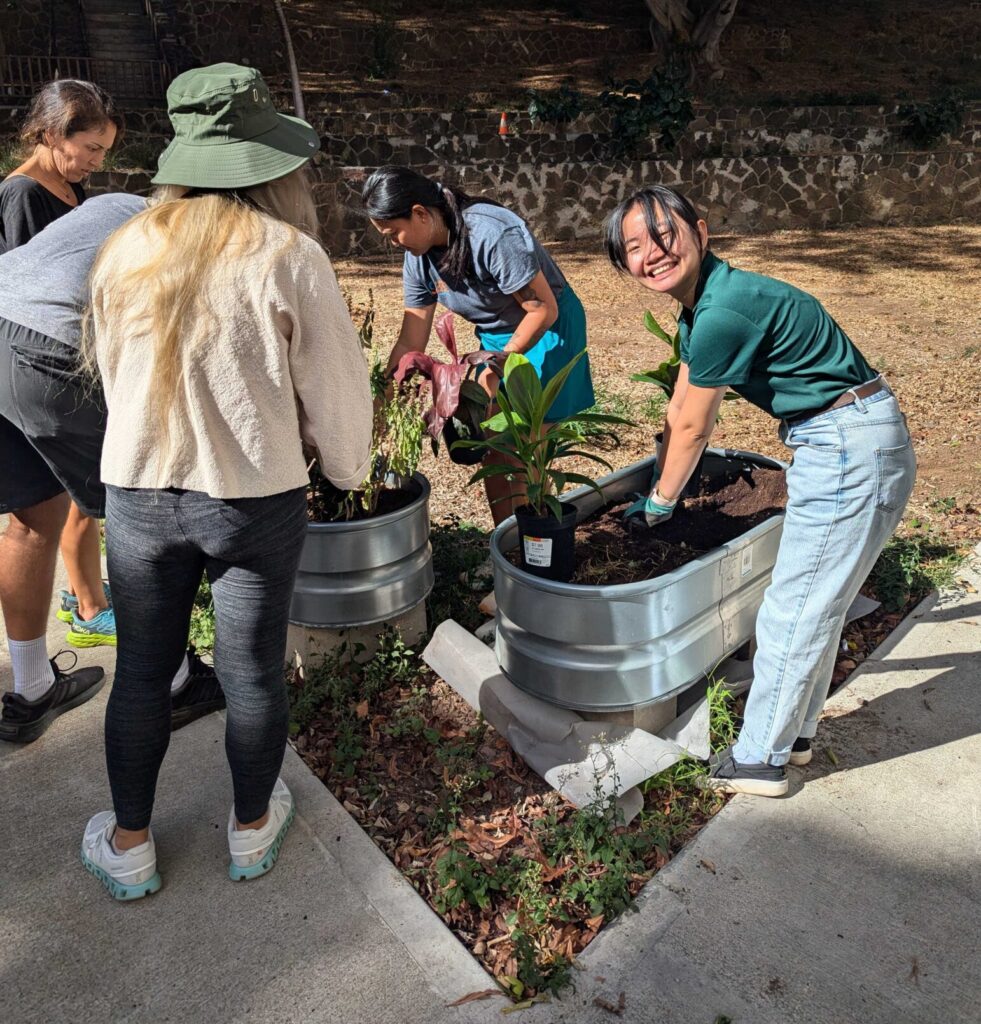
While rather new, Medicaid reimbursement for health and social services, including those provided by CHWs and other members of the community health workforce, are emerging as an accessible and worthwhile investment for nonprofits and CBOs to pursue.
Depending on the state, CHW services provided by a nonprofit or CBO to a Medicaid beneficiary, which can include screening and assessment, health education, health navigation, and advocacy, among other things, can receive between $18.11 (Louisiana) and $35 (New York) in reimbursement per 30-minute session with a client. In California, Medi-Cal reimbursement for CHW services can be up to $26.66 per 30-minute one-on-one session. (Medicare also offers reimbursement for CHW services through new Community Health Integration (CHI) codes, and these rates can be substantially higher than the rates offered by Medicaid programs.)
Depending on the number of CHWs and clients served, CBOs may be eligible for thousands of dollars in claims reimbursements for services they are already providing. For example, one of Pear Suite’s community partners generates approximately $20,000 per month in additional revenue by billing for the community services their organization provides.
While health and social services providers, including nonprofits and CBOs, can become contracted providers and receive Medicaid or Medicare reimbursement in their state, if available, Pear Suite can speed up the process substantially. To date, Pear Suite has already partnered with more than 200 organizations nationwide to claim reimbursement for CHW services through their platform and managed services organization (MSO) support.
Collaborate through regional hubs
Rather than operating in silos, consider joining or forming a community hub with other CBOs. Hubs serve as centralized points to coordinate and deliver a wide range of health services while consolidating administrative support to the community providers participating in the hub. These partnerships enable organizations to pool resources, streamline operations, and share best practices. Community hubs are also more likely to secure large-scale contracts or grants because they demonstrate scalability and coordinated impact.
By participating in a hub, your CBO can reduce overhead, become more efficient, and potentially gain contracts and other financial benefits to improve long-term stability.
Launch a creative marketing campaign
Many organizations participate in fundraising; however, many focus on short-term campaigns and wins versus the long-term results of creative marketing. Marketing campaigns, particularly those that share stories and impact, do more than raise immediate funds; they can also position your organization as dynamic, forward-thinking, and deeply connected to your community. It can also attract additional volunteers to support your mission and clients, who your mission is intended to serve.
While about 28% of a CBO or nonprofit’s revenue comes from email-based marketing and promotional campaigns and approximately 31% of all online revenue from monthly, recurring giving, traditional and digital marketing can be resource-consuming.
Typically, an average of 5 to 10% of an organization’s budget is spent on fundraising efforts, with up to 80% of a nonprofit’s marketing budget being used on search engine and social media ads. Still, it can be a useful revenue source for non-restricted funds, and especially for recurring gifts, that can continue to provide revenue for programs.
To deepen long-term engagement and community presence, use compelling video, storytelling, and data to generate interest. The most successful marketing is not only effective at reaching goals, but also entertaining. Leverage the results of the work—individuals who experienced transformation or the number of clients who received a service—to create that appeal. Consider your audience and where and how they like to consume information, and meet them there. Also, align marketing to funding cycles, such as awareness days or annual giving days, which allow you to capture already-attentive donors.
Use technology to keep funding
If you do pursue grants, often those funders want evidence of impact. By developing systems for collecting, analyzing, and communicating your outcomes, you can prove your effectiveness, making it easier for them to support your organization. One way to do this is to use technology to automate data collection and entry.
Technology, like Pear Suite’s care navigation platform, reduces administrative burden and simplifies compliance for revenue sources, such as grants from philanthropic foundations as well as contracts with state agencies and provider agreements with health systems.
When documentation is captured somewhere other than a spreadsheet or notebook during client interactions, fewer steps are needed to verify a client’s health plan coverage, build a care plan, close the loop on referrals, and generate invoices for billing. Reporting is easier because every activity, progress measure, and outcome metric is already captured, simplifying the exhausting duty of generating regular reports to only a few easy clicks.
For example, organizations like T’ena Health, a CBO that provides free health services to low-income communities in South Los Angeles, have used Pear Suite to transition from fragmented systems, like spreadsheets, trackers, and phone calls, to a centralized platform to improve their productivity and maintain financial sustainability.
The platform also simplifies complex processes like Medicaid or Medicare billing and claims management, helping CBOs comply with requirements and receive timely reimbursements. The platform integrates with electronic health records (EHRs) and health information exchanges (HIEs), facilitating coordinated care and supporting value-based reimbursement models.
By embracing tech solutions, you can demonstrate to funders that your organization is both mission- and metrics-driven.
While the current funding landscape may present significant challenges, community health and social service providers can continue to serve their communities effectively and sustainably by embracing new ways of working, such as exploring new funding models, leveraging partnerships and technology, and improving internal efficiencies.
If your organization provides assistance with health and social challenges—housing, food, transportation, care coordination, etc.—and you would like to learn more about reimbursement from health plans, schedule a consultation with a member of our partnership team.
